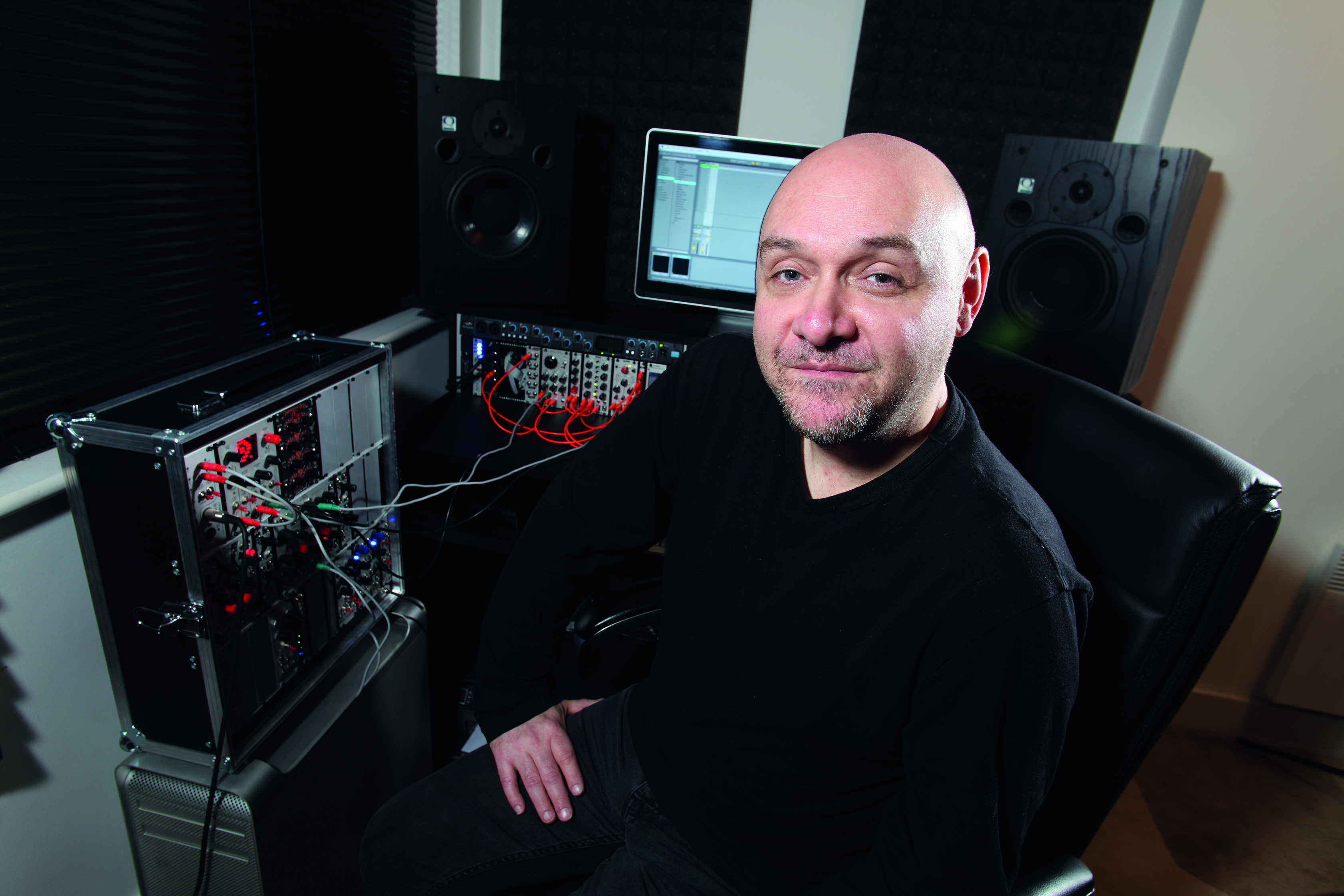The beginner's guide to: electronica
This catch-all term means different things to different people, covering everything from Bonobo to Björk to The Prodigy

One of our biggest issues in our beginner's guide column is that the genres we discuss are so frequently disputed, even by the artists widely associated with the very same styles. Genres aren’t necessarily a bad thing, but you’d be forgiven for thinking so based on some of the arguments they inspire.
Electronica is a bit different. It’s almost certainly not a genre that many of its purported originators would even recognise, let alone lay a claim to. Far from it, electronica is a catch-all term in two different ways, depending on where you come from. In the US, it was generally considered a broad term for all electronic music throughout the ’90s; in the UK, it’s usually associated more with downtempo styles which defy categorisation elsewhere.
The origin of the term was widely attributed to the English label Beechwood Music, which launched the compilation imprint New Electronica in 1993. Until recently the inspiration for the name was unknown, but a possible answer recently emerged.
In a tweet sent in September of this year, UK electronic music stalwart Kirk Degiorgio revealed the background story of electronica: “I think I invented that word. Seriously. I used it in a press release back in the early ’90s and Beechwood named their newly launched IDM/techno label New Electronica after it. I still use it. My apologies.”
Degiorgio’s non-judgmental use of the term IDM, a genre previously discussed in this column, hints that this wasn’t meant to be a negative description in any way, despite the slightly negative connotations it now has (the tweet came in response to a snarky jibe about the term from YouTuber and sometime FM contributor Mylar Melodies).
Regardless of origins, the genre also soon took on a life of its own as a catch-all term for electronic music in the ’90s US market. Younger readers may find it hard to believe that electronic dance music was a niche interest for the US market in the ’90s, but subsequently a slightly more mainstream audience began to sit up and take notice of house and techno in that decade.
It’s important to backtrack here and point out that so much of the music already fits into existing genres, for better or worse. Whatever your view on genre classifications, it’s impossible to overlook the fact that the likes of Fatboy Slim, The Chemical Brothers, Daft Punk, Moby and The Prodigy would have considered themselves to be making some kind of variation of techno.
Want all the hottest music and gear news, reviews, deals, features and more, direct to your inbox? Sign up here.
In spite of that, for much of the ’90s and 2000s, electronica was the go-to term for electronic dance music in the US, at least until the term EDM took over in the 2010s.
If that’s the broad-strokes meaning of electronica, there’s another common usage which runs in parallel and refers to a slightly more specific musical movement. Electronica in this context is a certain part of dance and electronic music which doesn’t quite fit neatly into any other genre, typically slightly more headphone-focussed than strictly meant for the dancefloor.
Think Bjork’s 1995 album Post, with its trip-hop and early art-pop aesthetics. Think Madonna’s 1998 album Ray Of Light, with its William Orbit production and electronic themes.
So what of electronica now? The broader American usage of the term has largely died out at this point, but the slightly more well-defined second meaning still has its value. It may still be vague, it may still be non-committal, but if something doesn’t quite fit into other genres then what’s the real problem with bundling it in with electronica, a harmless and useful anti-genre that welcomes all? Nothing in our books.
File under electronica? Three disputed classics...
The Prodigy - The Fat of The Land (1997)
Always a difficult band to categorise, The Prodigy’s mainstream crossover success in the late ’90s was driven by the excellent The Fat Of The Land and a string of hit singles (Firestarter, Breathe, Smack My Bitch Up). Released by the eclectic XL label, it’s retrospectively lumped in with big beat, but its fusion of rave and punk/metal influences makes it unique.
Fatboy Slim - You've Come a Long Way, Baby (1998)
Released in the US via the influential Astralwerks imprint which also released records by the likes of The Chemical Brothers and Air, Norman Cook’s sample-driven second solo album was a surprise hit in both the US and Europe, spawning huge crossover hits like The Rockafeller Skank, Gangster Tripping and Praise You.
The Crystal Method - Tweekend (2001)
As part of the scene surrounding LA label City Of Angels, The Crystal Method was helping keep the faith for a certain strain of US dance music in the ’90s. By the time of their second album, Tweekend, the duo were reflecting heavily on the decline of the rave scene and drawing on rock influences, with select guest appearances from Rage Against The Machine’s Tom Morello and Stone Temple Pilots’ Scott Weiland.


Future Music is the number one magazine for today's producers. Packed with technique and technology we'll help you make great new music. All-access artist interviews, in-depth gear reviews, essential production tutorials and much more. Every marvellous monthly edition features reliable reviews of the latest and greatest hardware and software technology and techniques, unparalleled advice, in-depth interviews, sensational free samples and so much more to improve the experience and outcome of your music-making.
